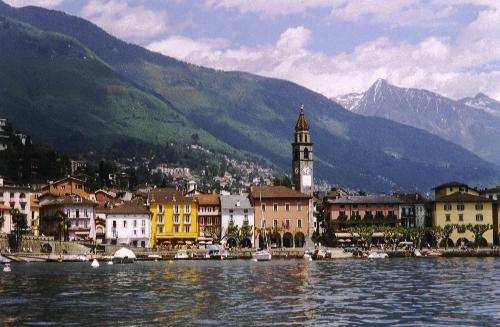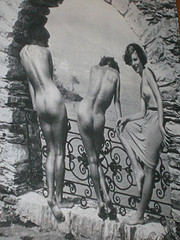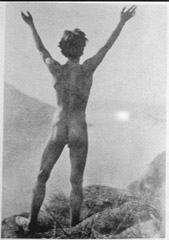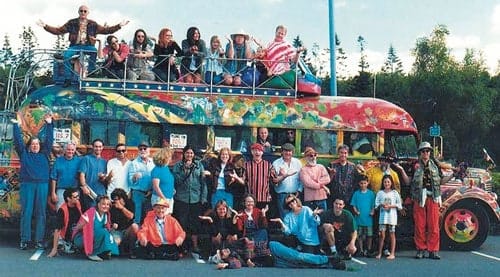Monte Verità

It all seemed to make sense... Old Europe’s empires were imploding and Christianity had lost its grip, industrialization soiled the landscape and people fled for the hills or for America. From around 1902 and for decades to come, Ascona would lure Carl Jung, Isadora Duncan, D.H. Lawrence, Franz Kafka and Thomas Mann, among others. Hermann Hesse too...

Monte Verità is in the hills above Ascona, seen here.


It was in many ways the genesis of a Western counter-cultural movement that embraced all the –isms: surrealism, dadaism, expressionism, bauhaus, psychoanalysis, feminism, anarchism, communism, pacifism, nudism, veganism and vegetarianism, plus some of the most famous dancers in Europe, a lineage that eventually produced the hippies. In those days it was about the notion of place – a pilgrimage to a physical place to share spiritual and intellectual ideas – and it was about a New Man or a New Woman, building on the insights of Nietzsche and Walt Whitman as well as earlier figures like Saint Francis of Assisi.
Nowadays the buildings on the hills of Monte Verità (“Mountain of Truth”) are for the ghosts. They are open to the public though - there is a hotel, conference center and a museum, Casa Anatta.
In America, artists who were similarly inclined, moved to the Vermont-New Hampshire border Cornish Colony. The most iconic painting from there is shown up top: Maxfield Parrish's Daybreak (1922), which is apparently the most popular American painting of the 20th century, especially with women. It is privately held. The two figures are female, one dressed, one not. The languid eroticism is there but the real appeal, it seems to me, is the same reason Monte Verità was popular - as an imaginative place of escape, enhanced perhaps by the Trompe-l'œil effect. This painting, like much of Parrish's work, also seems to appeal to a number of today's aging White Supremacists, who need to escape reality along with the rest of us.
Finally, let's hear it for their legacy, the Counterculture of the 1960's...

